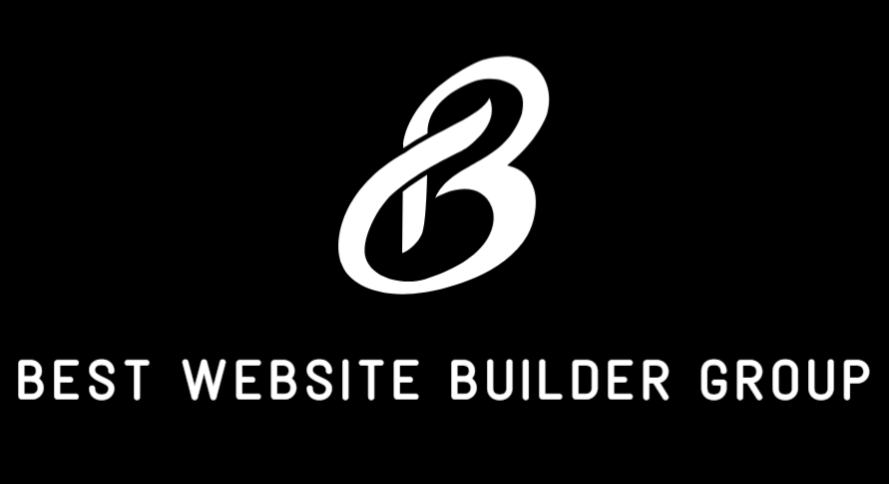In the world of eCommerce, Shopify has become a household name. It powers millions of online stores, from niche product lines to international brands, and it continues to redefine how businesses approach selling online. But despite its popularity, many entrepreneurs and business owners still ask the fundamental question: what is Shopify used for?
Shopify is far more than just a shopping cart or website builder—it’s a complete commerce platform designed to simplify the process of launching, managing, and growing a business. Whether you’re selling physical goods, digital products, services, subscriptions, or something else entirely, Shopify offers the tools to make it happen. This article dives deep into Shopify’s practical applications, ecosystem, and why it has become the go-to solution for so many.
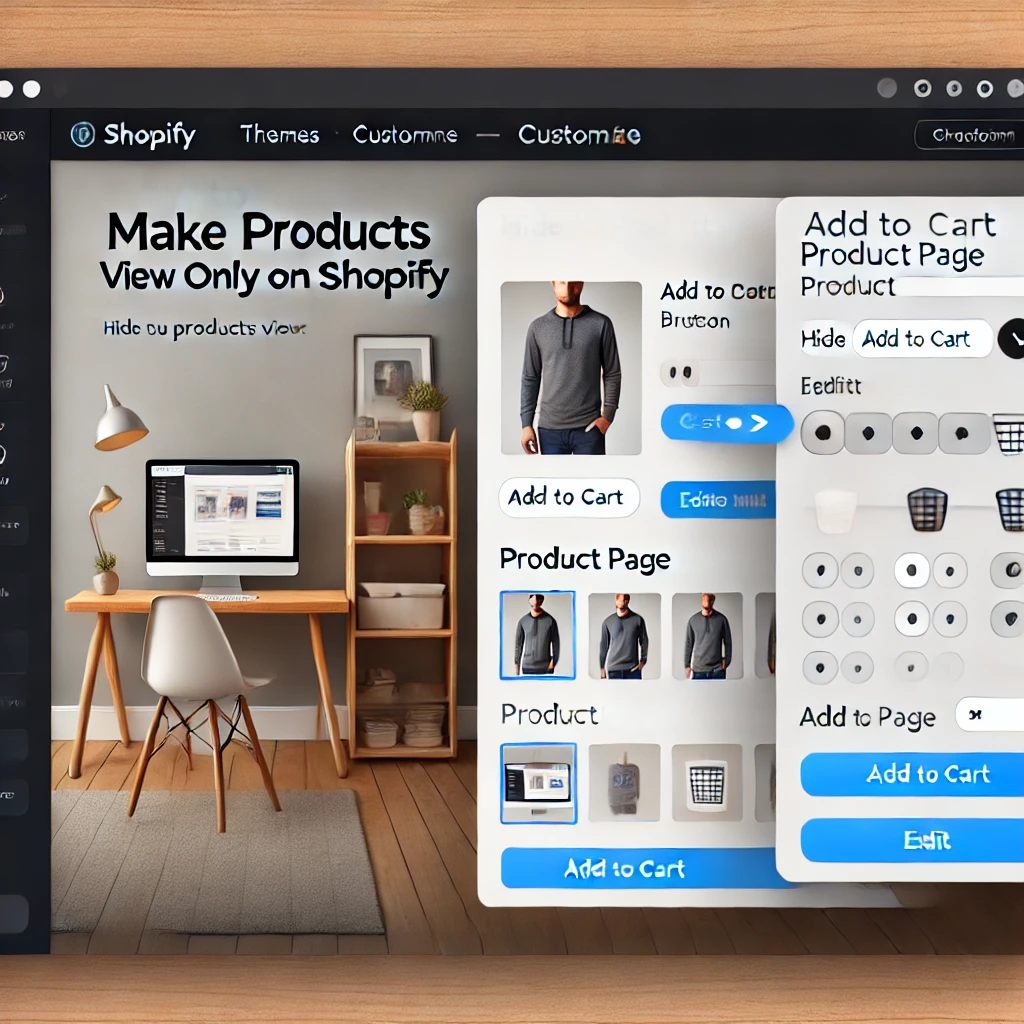
Shopify as a Full-Service eCommerce Platform
At its core, Shopify is a cloud-based commerce platform. That means everything you need to sell online—hosting, storefront, checkout, inventory management, payment processing, analytics, and marketing tools—is available in one centralized dashboard.
Unlike WordPress, which requires multiple plugins and third-party extensions to achieve similar functionality, Shopify provides an all-in-one solution. As soon as you sign up, you’re equipped with:
- A professional storefront
- Integrated shopping cart and payment gateway
- Inventory tools
- Shipping and tax automation
- A mobile-ready backend
This end-to-end control makes Shopify especially popular among business owners who want to launch quickly, scale with confidence, and avoid the technical burdens of custom development.
For entrepreneurs, the question of what is Shopify used for is often answered by simply examining what kind of business you’re trying to build—and how automated you want it to be.
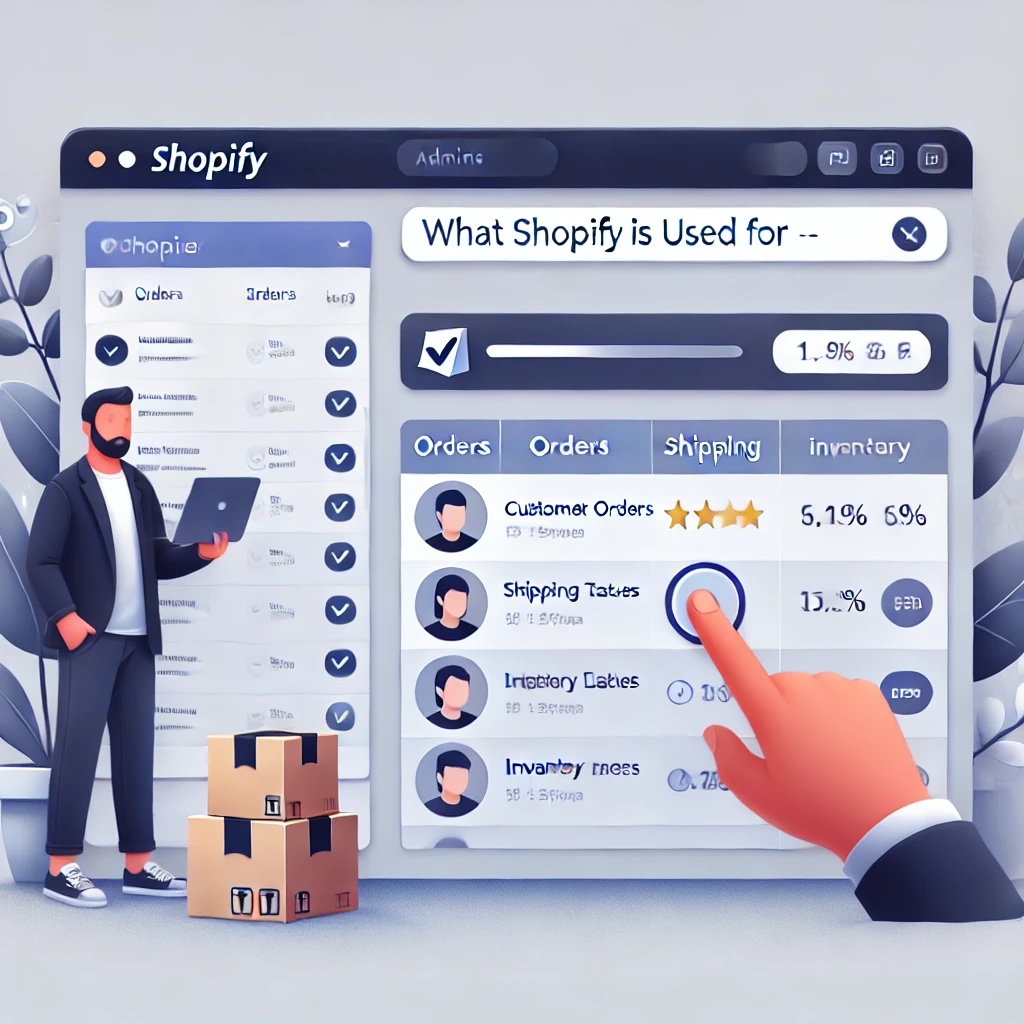
Selling Physical Products
Shopify’s most common use case is selling physical goods. Whether you’re offering handmade jewelry, apparel, home décor, electronics, or gourmet foods, Shopify provides a streamlined way to manage products, inventory, and shipping.
Each product you add can include:
- Variants (size, color, material)
- SKU and barcode tracking
- Stock level controls
- High-resolution images and videos
- SEO-optimized titles and descriptions
Shopify also integrates with fulfillment services like ShipStation, Amazon FBA, and third-party logistics providers. Merchants can even use Shopify Shipping to access discounted USPS, UPS, and DHL rates without leaving the admin panel.
Businesses can sell:
- Direct-to-consumer (DTC)
- Business-to-business (B2B) via Shopify Plus or third-party wholesale apps
- In-person using Shopify POS (Point of Sale)
This flexibility makes it a preferred platform for both startups and high-growth brands.
Selling Digital Products
Shopify isn’t just for tangible goods—it’s also a popular solution for selling:
- Ebooks and PDFs
- Online courses
- Photography and design files
- Software and license keys
- Audio, video, or subscription-based content
Digital products can be fulfilled automatically after purchase using Shopify’s built-in download functionality or apps like Digital Downloads and Sky Pilot. This is particularly useful for creators, educators, or software developers who want a hands-off way to deliver value without physical shipping.
Unlike platforms like Gumroad or Etsy, Shopify offers full control over branding, pricing, and customer experience. At Best Website Builder Group, we often work with digital brands to build custom Shopify storefronts that look and feel nothing like a traditional online store—emphasizing storytelling, community, and trust.
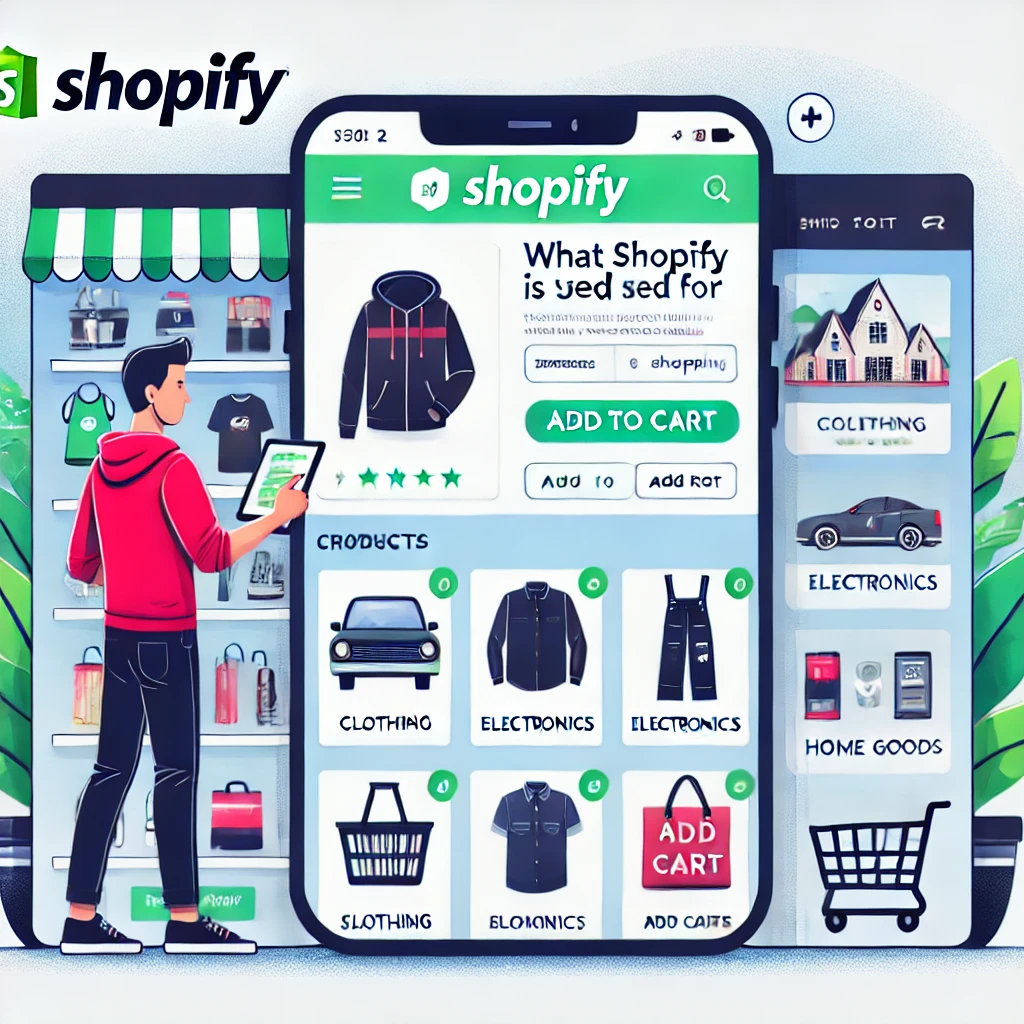
Dropshipping and Print on Demand
Another massive use case for Shopify is dropshipping—a fulfillment method where you sell products without holding inventory. Apps like DSers, Spocket, and Zendrop allow merchants to import products directly into their Shopify store and route orders to suppliers for fulfillment.
Shopify automates much of the process:
- Inventory syncing with suppliers
- Automated order routing
- Branded customer notifications
- Real-time tracking integration
Similarly, print-on-demand services like Printful and Printify connect with Shopify to let users sell custom-designed apparel, mugs, posters, and accessories without owning any equipment or stock.
Both dropshipping and print on demand are ideal for side hustlers, content creators, and entrepreneurs seeking low-risk ways to enter eCommerce.
Subscription Services and Memberships
With the rise of recurring revenue models, more businesses are turning to Shopify to sell:
- Monthly boxes
- Digital memberships
- Access to gated content or services
- Ongoing coaching or training programs
Apps like Recharge and Bold Subscriptions let merchants build flexible recurring payment plans within Shopify, complete with billing cycles, free trials, and user account management.
For example, a skincare company might offer monthly replenishment of its best-selling products, or a fitness trainer might sell a subscription to on-demand workout videos.
The platform’s API and app ecosystem allow for extensive customization, making it a strong fit for virtually any subscription business model.
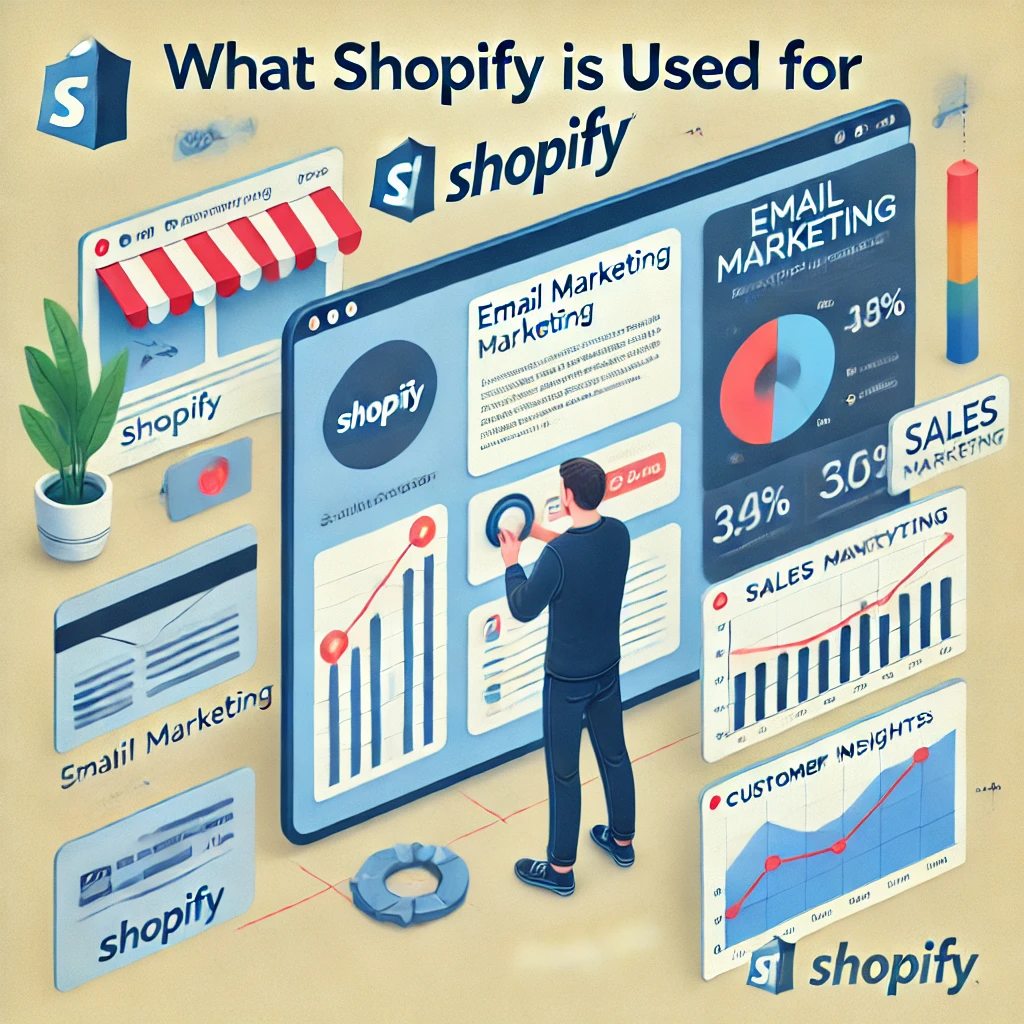
Selling Services and Consultations
Although Shopify was originally built for product sales, it has evolved to accommodate service-based businesses as well. Examples include:
- Coaching and consulting
- Home repair and maintenance
- Personal training
- Event planning or photography
Merchants can create service listings as products, use calendar booking apps like Sesami or BookThatApp, and collect payments up front or after the session. The platform’s flexibility enables it to serve non-product businesses with the same professionalism and scalability.
If you’re a service provider who also sells packages or physical add-ons, Shopify gives you the best of both worlds. With custom theme design from Best Website Builder Group, even service-based stores can feel like premium digital experiences.
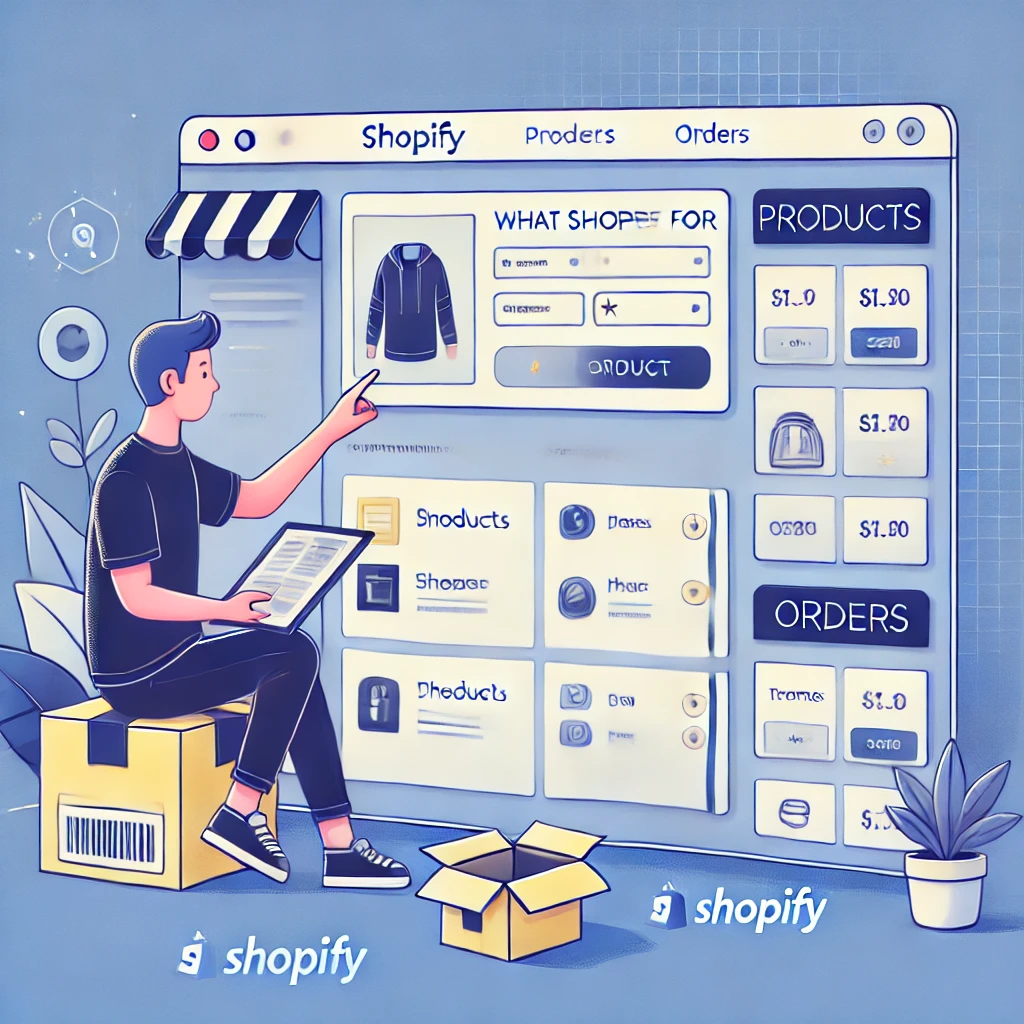
Multi-Channel and Social Commerce
Shopify isn’t limited to your store’s website. The platform enables merchants to sell across:
- Instagram and Facebook Shops
- TikTok Shop
- Google Shopping
- Amazon and eBay
These integrations help Shopify answer the modern merchant’s need for omnichannel selling. Whether customers find you via social media or search engines, Shopify connects the experience across all touchpoints—keeping product inventory, pricing, and orders in sync.
If you’re wondering what is Shopify used for in 2025, the answer is increasingly: everything. It’s not just a storefront—it’s the nucleus of a brand’s entire digital sales strategy.
In-Person Selling and Retail
Shopify also supports in-person retail sales through Shopify POS, a system that includes:
- Mobile card readers and terminals
- Unified inventory across online and offline
- Staff accounts and permissions
- Sales reports by location
From farmers markets to pop-up shops to full-scale retail stores, Shopify POS gives sellers a consistent backend whether they’re selling online or face to face.
This omnichannel sync is particularly valuable for businesses with both brick-and-mortar and eCommerce channels.
Custom Applications and API Integrations
Advanced merchants often customize Shopify far beyond its out-of-the-box capabilities. Using Shopify’s API, Liquid templating language, and the Shopify App CLI, developers can:
- Build custom product builders
- Create B2B portals with gated access
- Connect to CRMs, ERPs, and accounting systems
- Automate logistics, finance, and customer service workflows
Many of the most powerful Shopify stores today are built with a hybrid approach—leveraging Shopify’s stable core while extending functionality via custom development.
If you’re thinking long-term and enterprise-scale, Shopify Plus is used by brands like Gymshark, Allbirds, and Heinz for exactly this reason. Best Website Builder Group helps merchants bridge the gap between platform limitations and custom needs through advanced development and integrations.

Education, Nonprofits, and Government
Shopify also sees usage beyond traditional business settings. Educational institutions, nonprofits, and local governments use the platform to:
- Sell fundraising merchandise
- Accept donations
- Distribute public service materials
- Power student stores and alumni merchandise
Its ease of use and low barrier to entry make Shopify a practical option even for non-commercial organizations.

Conclusion
So, what is Shopify used for? It’s used to sell nearly anything, in nearly any way, to nearly any audience—online or off. Whether you’re building a niche product brand, creating a global digital marketplace, offering services, selling subscriptions, or simply starting your first side hustle, Shopify provides the infrastructure to support and scale your vision.
With professional design, app integration, and strategic guidance from Best Website Builder Group, you can go far beyond a basic online store and turn Shopify into the central hub of your digital business.
